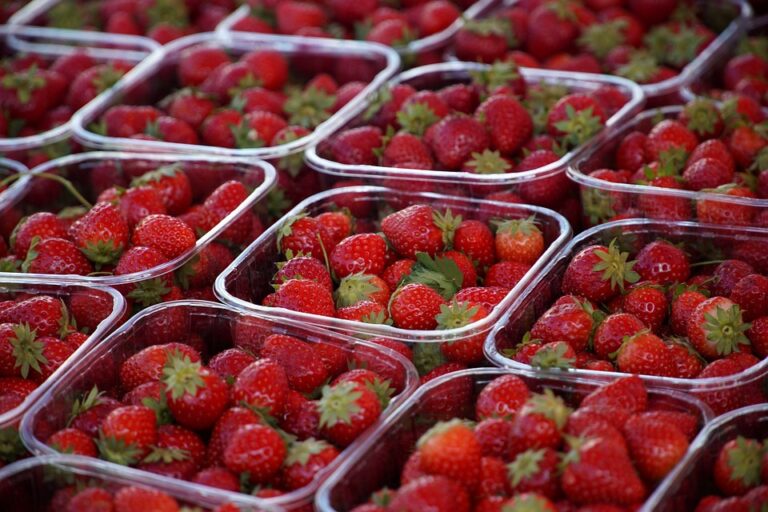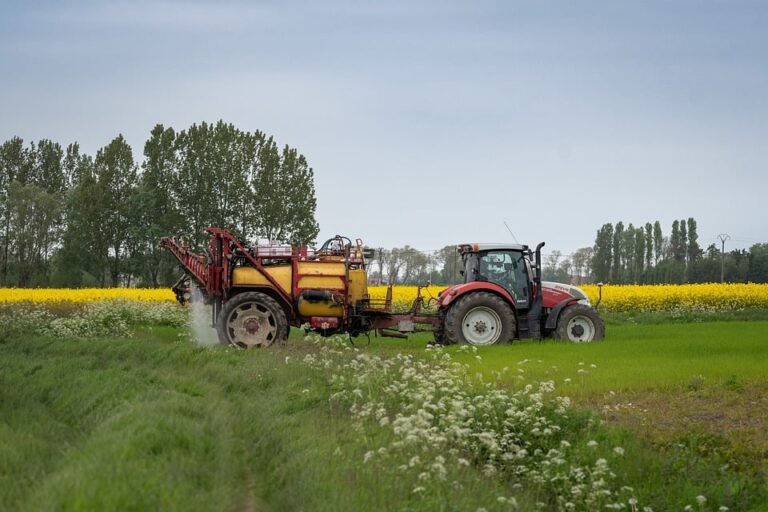Economic Activities in 16th Century Russian Villages
In the 16th century, Russian villages were primarily agrarian communities that relied heavily on agriculture and trade for their economic activities. The majority of the population in these villages were peasants who worked the land owned by the nobility or the church in exchange for protection and a portion of the harvest. These villagers engaged in a variety of economic activities to sustain themselves and their families.
Agriculture
Agriculture was the backbone of the economy in 16th century Russian villages. Peasants worked the land using simple tools such as plows and sickles to grow crops such as wheat, rye, barley, and oats. The main source of income for many villagers came from the sale of surplus crops at local markets or to landowners.
In addition to growing crops, villagers also raised livestock such as cows, pigs, and sheep. Livestock provided milk, meat, and wool for the villagers, as well as manure for fertilizing the fields. Livestock were also sold at markets for additional income.
The success of the agricultural economy in Russian villages was heavily dependent on the weather and the availability of fertile land. Villagers had to contend with unpredictable weather patterns and limited resources, which could affect crop yields and livestock production.
Trade
Trade was another important economic activity in 16th century Russian villages. Villagers would often travel to nearby towns and cities to sell their goods at markets or to trade with other merchants. Some villagers also engaged in artisanal crafts such as pottery, weaving, and carpentry, which they sold at local markets or to traveling merchants.
Trade was facilitated by the network of rivers and roads that connected villages to larger towns and cities. Villagers would transport their goods by boat or by horse-drawn cart to reach their markets. Trade routes also provided opportunities for villagers to exchange goods with other villages, fostering a sense of community and cooperation.
Trade played a vital role in the economy of Russian villages, as it allowed villagers to access goods and resources that were not readily available in their own communities. Villagers could trade for products such as salt, spices, textiles, and tools, which enriched their lives and expanded their economic opportunities.
Crafts and Industry
Some villagers in 16th century Russia were skilled craftspeople who produced goods such as pottery, textiles, and metalwork. These artisans often worked in small workshops or in their own homes, using traditional methods and tools to create their products. Craftsmanship was highly valued in Russian villages, and artisans were admired for their skill and expertise.
In addition to traditional crafts, some villages also had small-scale industries such as mills, breweries, and distilleries. These industries provided employment opportunities for villagers and produced goods such as flour, beer, and spirits for domestic consumption and trade.
Crafts and industry in Russian villages were often organized around guilds or associations, which regulated production, prices, and quality standards. Guilds provided a sense of community and solidarity among artisans and helped to protect their interests in a competitive market.
Taxes and Obligations
While villagers engaged in a variety of economic activities to sustain themselves, they were also subject to taxes and obligations imposed by the nobility and the church. Peasants were required to pay a portion of their harvest as taxes to the landowner, as well as provide labor and military service when called upon.
Taxes and obligations could vary from village to village, depending on the relationship between the peasants and the landowner. Some peasants had more freedom and autonomy in managing their land and resources, while others were heavily controlled and exploited by the nobility. These economic inequalities contributed to social tensions and unrest in Russian villages.
Despite the challenges and hardships faced by villagers in the 16th century, their economic activities were essential for the survival and prosperity of their communities. Agriculture, trade, crafts, and industry were the cornerstones of the village economy, providing food, goods, and income for the villagers and sustaining the social and cultural life of Russian villages.
Overall, the economic activities of 16th century Russian villages were diverse and dynamic, reflecting the ingenuity and resilience of the villagers in the face of economic and social challenges.





